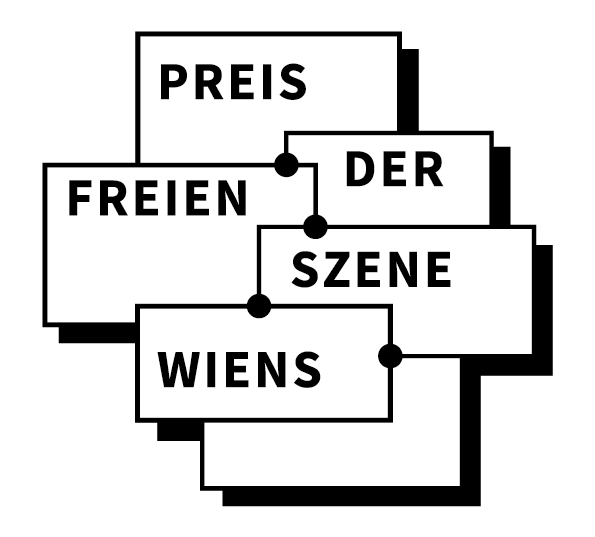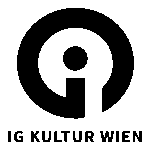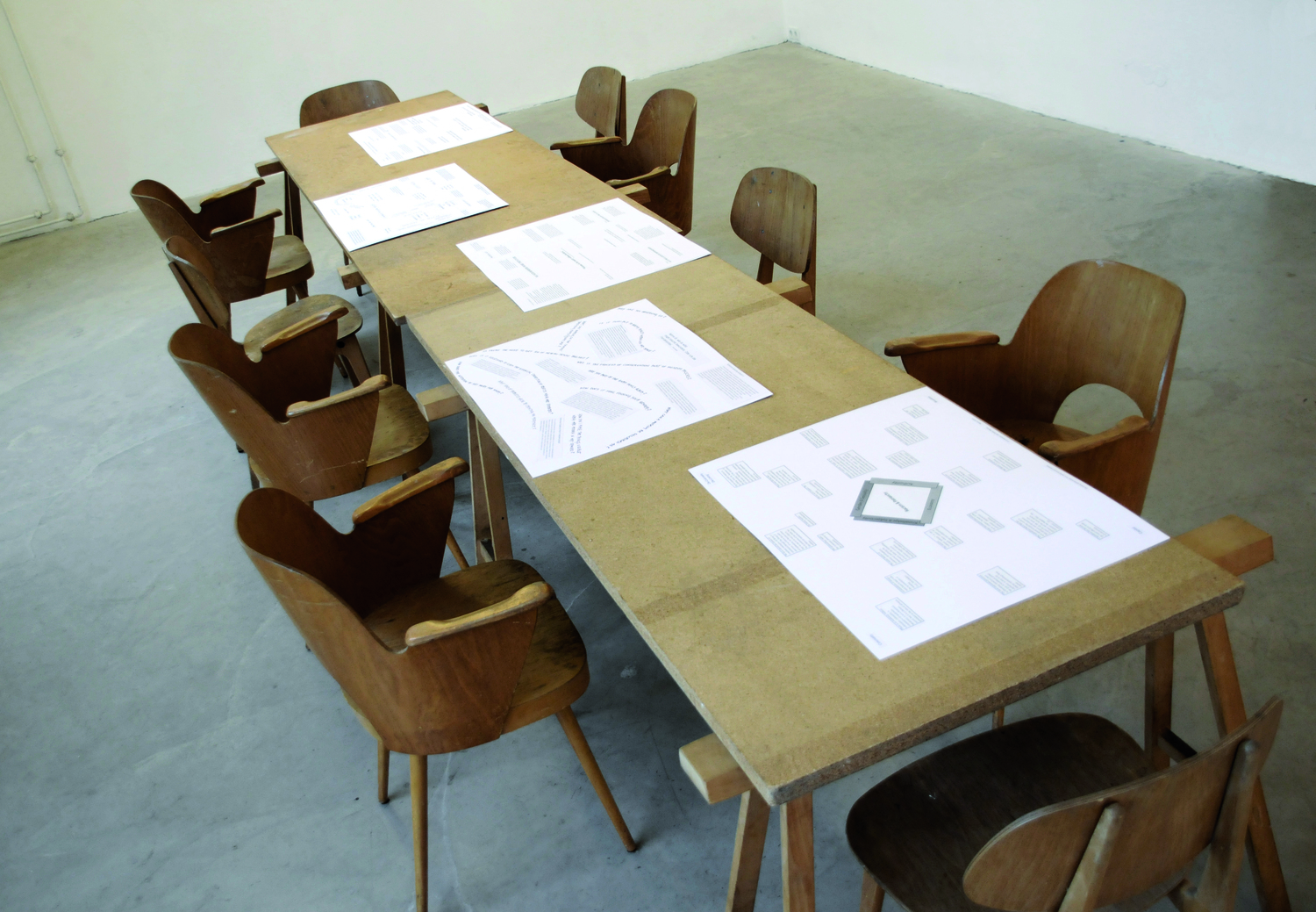The notion of representation in the history of exhibiting in Western Europe has often been based on sexist and racist stereotypes and is related directly to the coloniality of power. With the changes in Europe and the world at large in the last decades (such as the EU integration), new tendencies in the mode of representation appeared. Forces are put together not only to investigate what the creativity of the “developing other” is about, but also what the “developing other’s” emancipation is about, or better to say, where the “developing other” is now on the scale of implementation of neo-liberal values.
In 2009, numerous exhibitions were staged, art works produced, symposia organized as Europe was in euphoria of celebrating the anniversary of twenty years of the fall of the Berlin Wall. One of those projects was the Gender Check exhibition initiated by the Erste Foundation in the MUMOK, which investigated gender role models in Eastern European art between the 1960s and 1990s.
The workshop Check Instead: The Colonial Matrix of Power! took projects like Gender Check as a point of departure for a critical reflection of the ongoing Western investigation and control of democratic values and social emancipation in countries that recently joined and those that are about to join the EU. The Exhibition of role models of femininity and masculinity in Eastern Europe follows a strict logic of identity politics, they allow to identify, fragmentize, categorize and make the Other visible and therefore controllable. Such practices show the continuity of colonial power in the way how the “Eastern” and “Southern” worlds are perceived and how state legitimized racism and patriarchal models of exclusion are created in Western countries.


